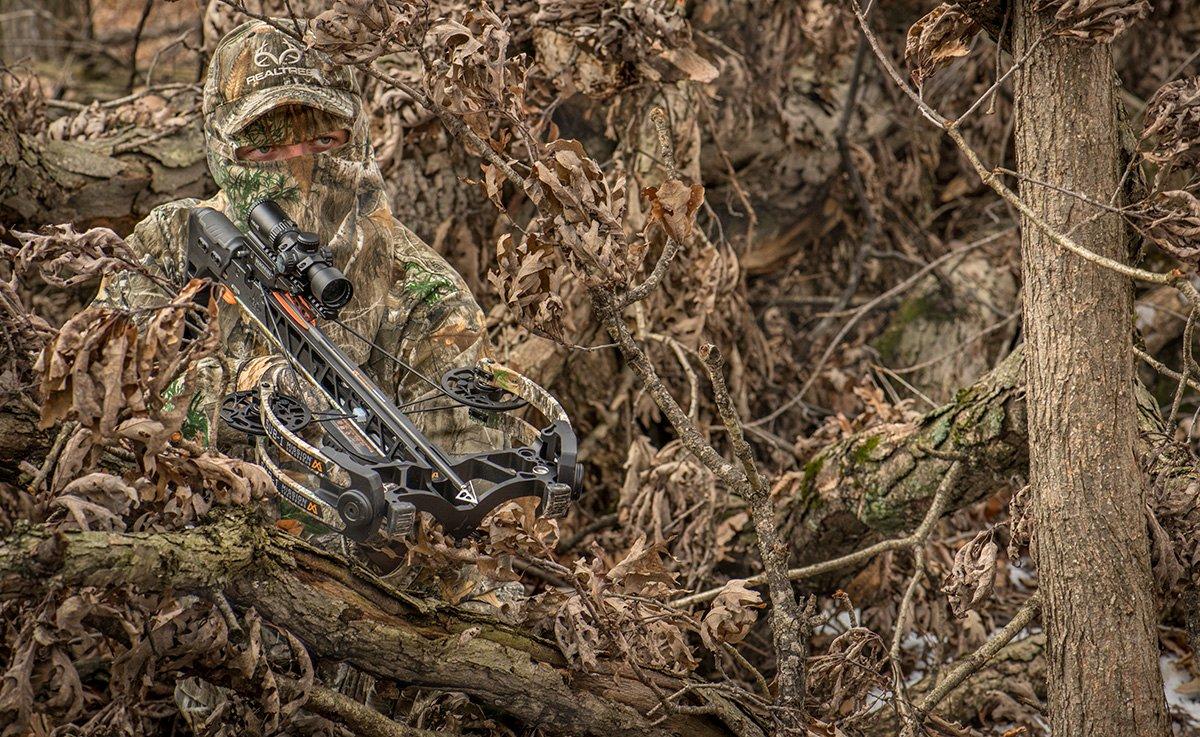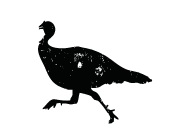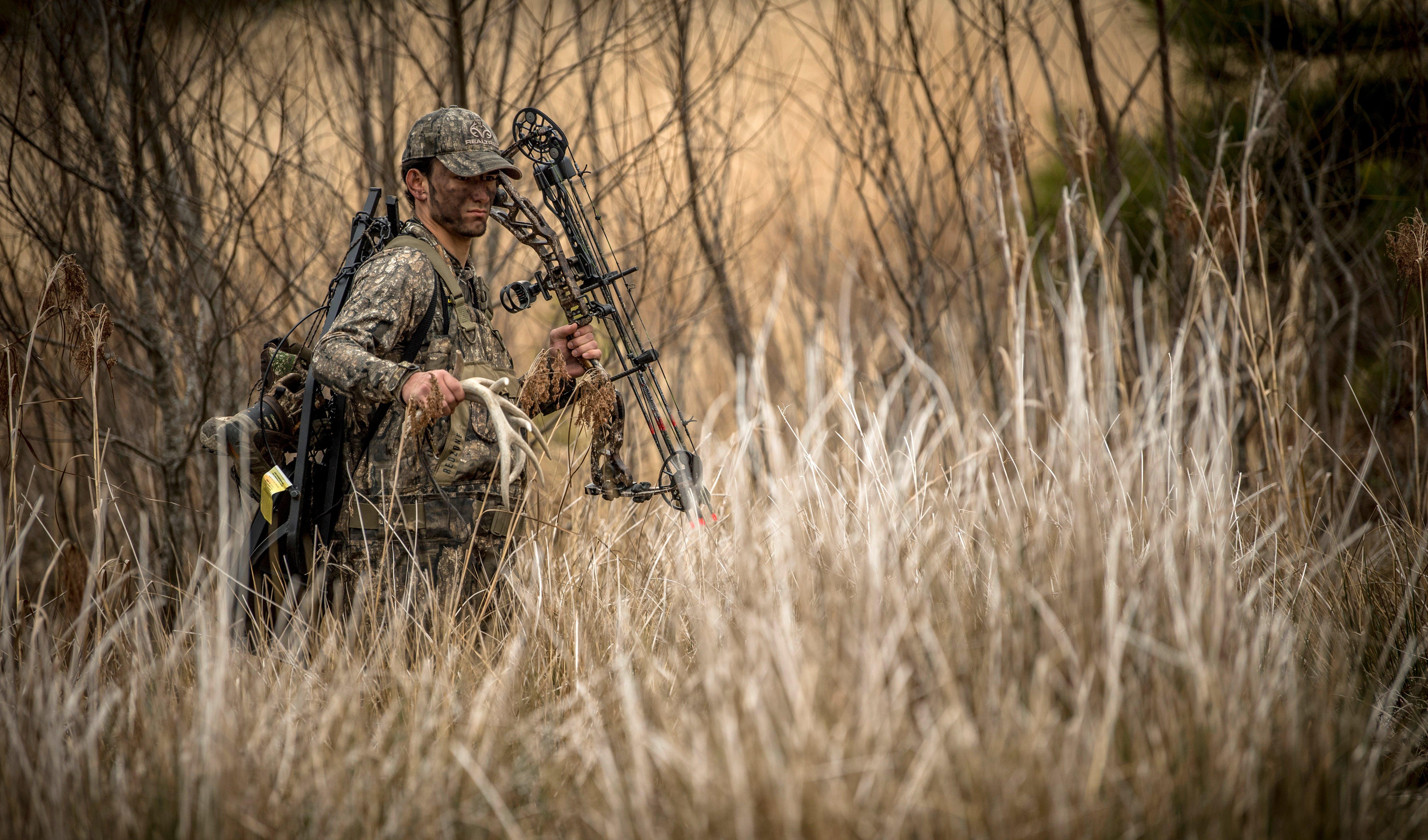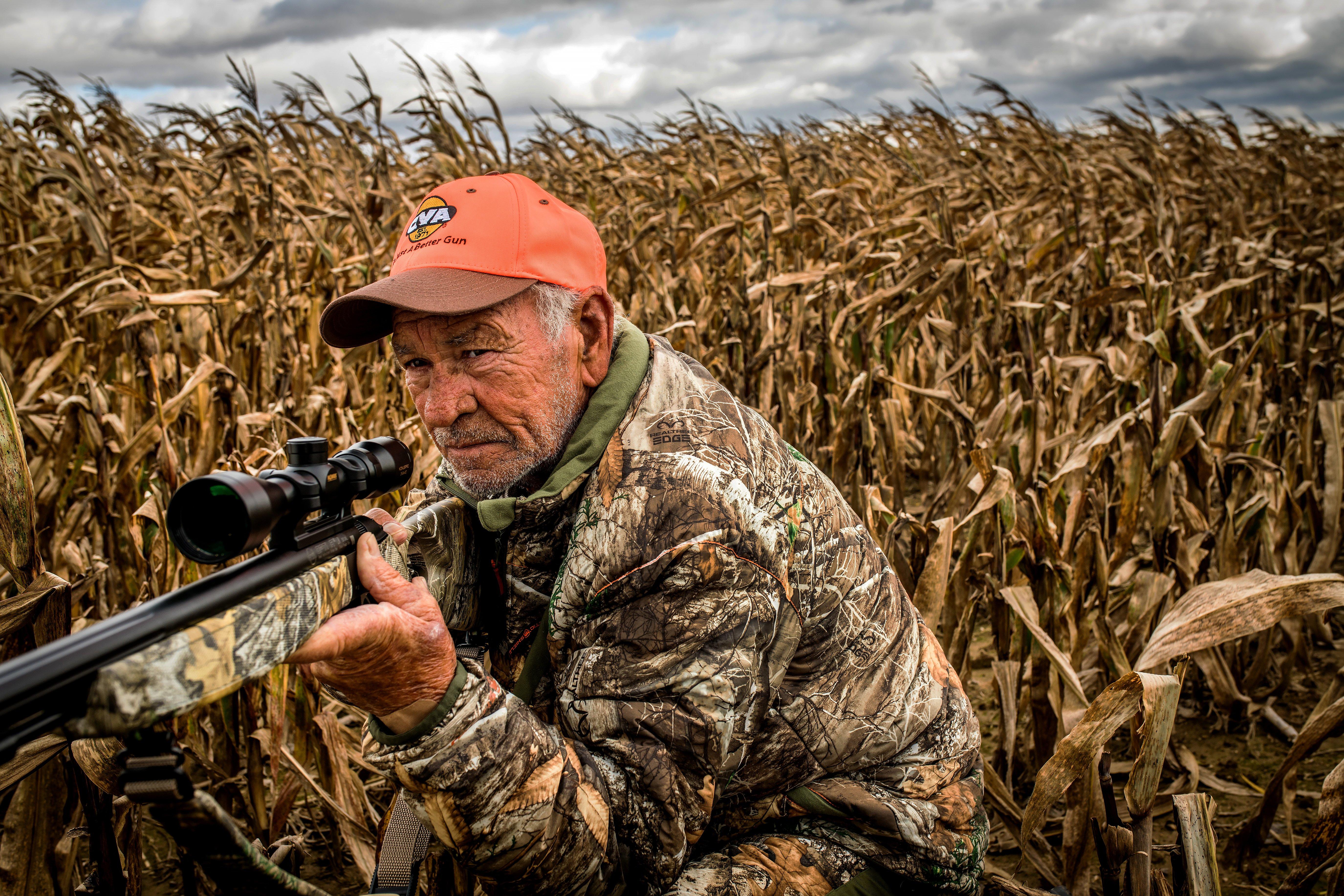From broadhead selection to long-range accuracy to perfecting your setups, here's how to have your best X-bow season yet
My guess is there'll be a bunch of crossbow hunters in the woods this fall. Interest in hunting is on the general upswing, many states have relaxed their crossbow regulations, and there are more crossbows than ever on the market to suit all budgets. I grow tired of people comparing crossbows to vertical bows or to guns, because they're neither. They're specialized hunting tools all their own that require specialized adjustments and approaches. I've hunted with them every season, at times, for the past decade and have used them to take turkeys, pigs, alligators, a couple of antelope, and a truckload of whitetails. Here's what I've learned along the way.

Make Setups Crossbow-Specific
Crossbows are all substantially wider uncocked — as in, just fired — than they are cocked. Keep that in mind when setting up in a box blind, ground blind, or treestand. Make it a part of your shooting routine to double-check the surroundings before pulling the trigger. If there's even a chance of the limb or cam hitting something at the shot, don't shoot. You'll just miss at best — but at worst you'll destroy your bow and take a derailed cam to the teeth.
Get a Rest
With most crossbows, my effective range is at least a third again farther than it is with a compound bow — but only if I'm shooting from a rest. Crossbows are front heavy and difficult to hold steady for long when shooting offhand. Bring shooting sticks if you're in a blind, and learn to rest off a crossed knee from any treestand lacking a gun rail.
Pair Your Scope and Rangefinder
Most crossbow scopes are second focal plane. The general takeaway of that for crossbow shooters is that the reticle size stays the same, even as the scope's magnification changes. That means, relative to the size of the target in the scope, the graduated holdover points change as you zoom in or out. For the lobbing trajectory of an arrow, that's a big deal.
For that reason, the magnification dial on most crossbow scopes is labeled by feet per second, rather than powers of magnification. After you generally sight in the scope at 20 yards, you dial in the speed to create the proper holdover spacing for your reticle. You can trust the advertised speeds of most crossbows to get your scope close, but it's always best to chronograph the bow yourself to be precise. From there, take the time to shoot your bow at distances measured with your own rangefinder, since different rangefinders can read a yard or two differently. Only then can you really fine-tune your setup for long-range shooting.
Even with fast crossbows, the velocities are a fraction of a rifle bullet's. So a few yards' worth of inconsistency between a scope setting and a rangefinder can cause a miss at longer distances. But you can't know if that inconsistency is there without shooting your crossbow alongside your rangefinder to check for it. This takes a while to learn, but it's a vital step if you're serious about crossbow accuracy.
Test Those Broadheads
Most modern broadheads will work fine with any sub-370-fps crossbow. But a lot of modern crossbows shoot 400+ fps, and at those speeds, even good broadheads can get squirrely. It's easy to assume big fixed blades will all fly crazy and mechanicals will all fly well, but I've seen popular mechanicals that would not group at high crossbow speeds, and conversely big fixed blades that hit right where they needed to. As with rifles and bullets, some broadheads fly better from some crossbows than others.
Avoid the Triangle of Death
Once upon a time, I was squeezing the trigger on my crossbow, aimed at a Wyoming 10-pointer that was standing broadside 15 yards away. Nothing happened. I diverted my attention from the buck to the bolt, thinking perhaps it wasn't seated properly, since I'd pulled the bow off the EZ Hanger next to me as the deer was walking in. That's exactly what the problem was — and as soon as I put pressure on that bolt, the bow went off. The arrow hit the buck in the neck and dropped him in his tracks. It wasn't where I was aiming, because I wasn't even looking through the scope at the time. My fingertips were bruised black and blue from the string, but I was lucky I wasn't seriously hurt.
If you've ever looked at a crossbow and thought, That thing seems dangerous, you're right. You've got limbs and cams held under extreme tension by a mechanical trigger sear. The typical gun-safety rules apply, but you must also keep your hands and fingers away from the triangle created between the drawn bow's trigger sear, barrel, and riser. Mistakenly put a finger anywhere in that, and you can assume it'll be gone if the bow fires.
I've never been deer hunting while nursing a missing finger, but I have to think it's better with all of mine intact.










































